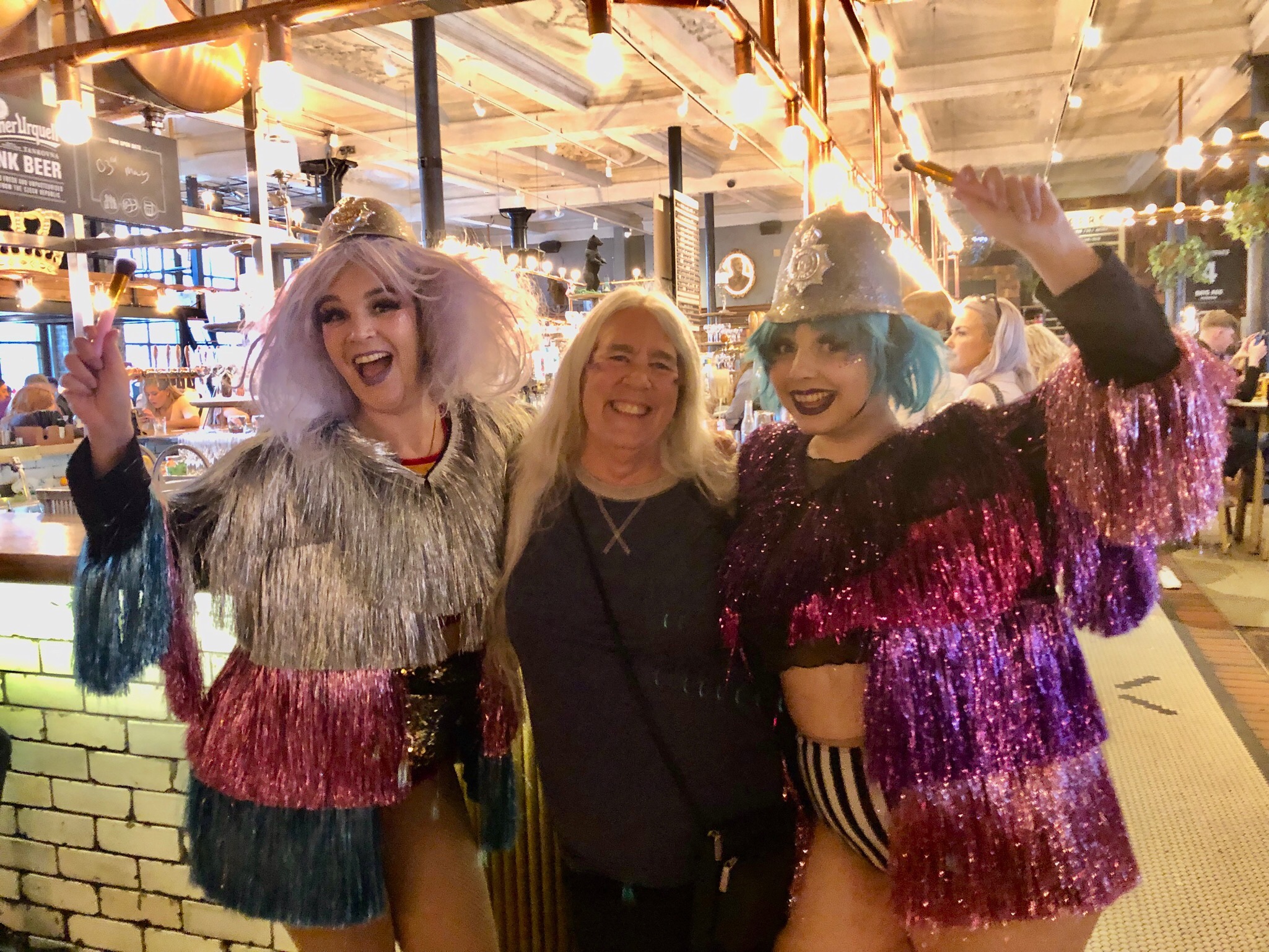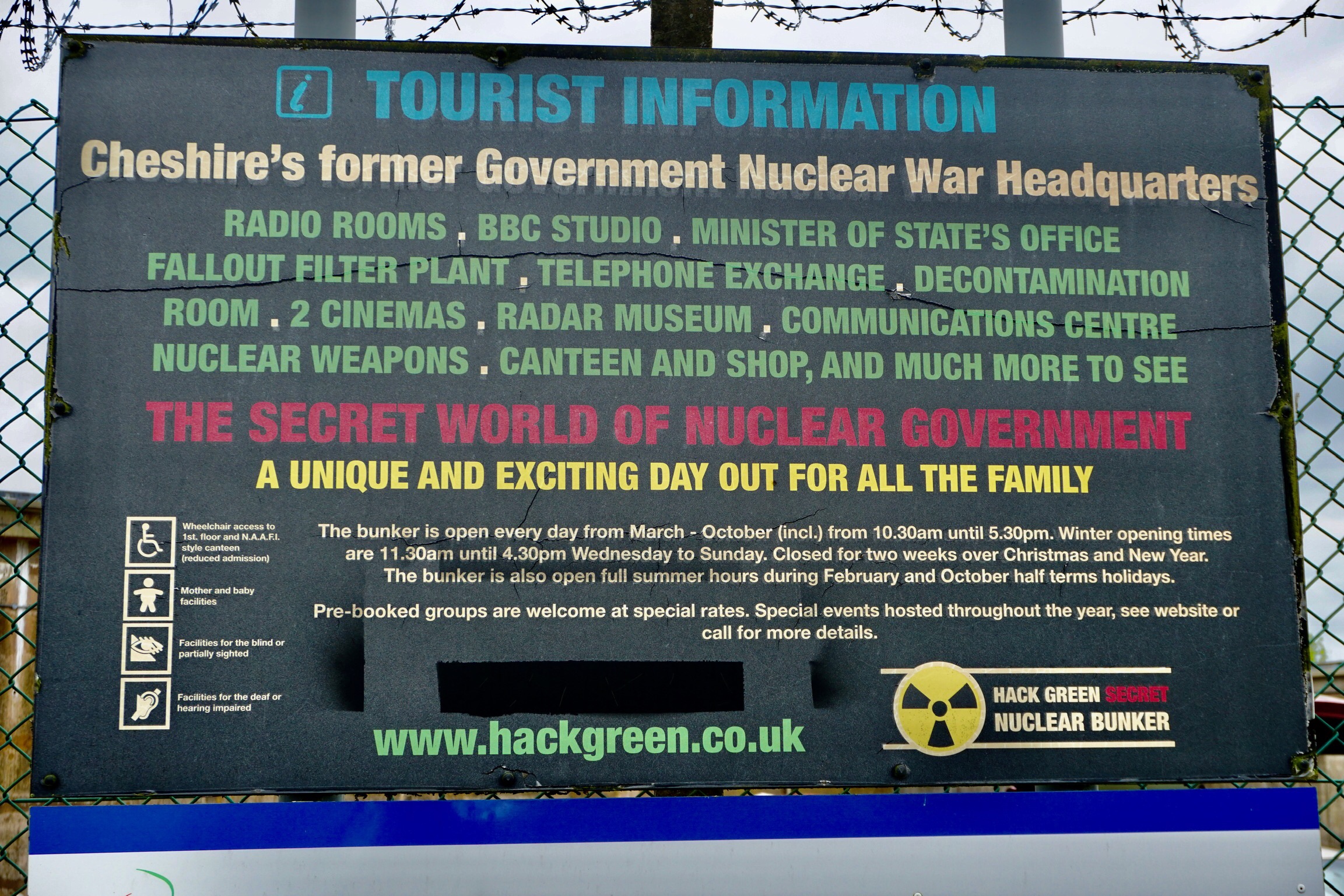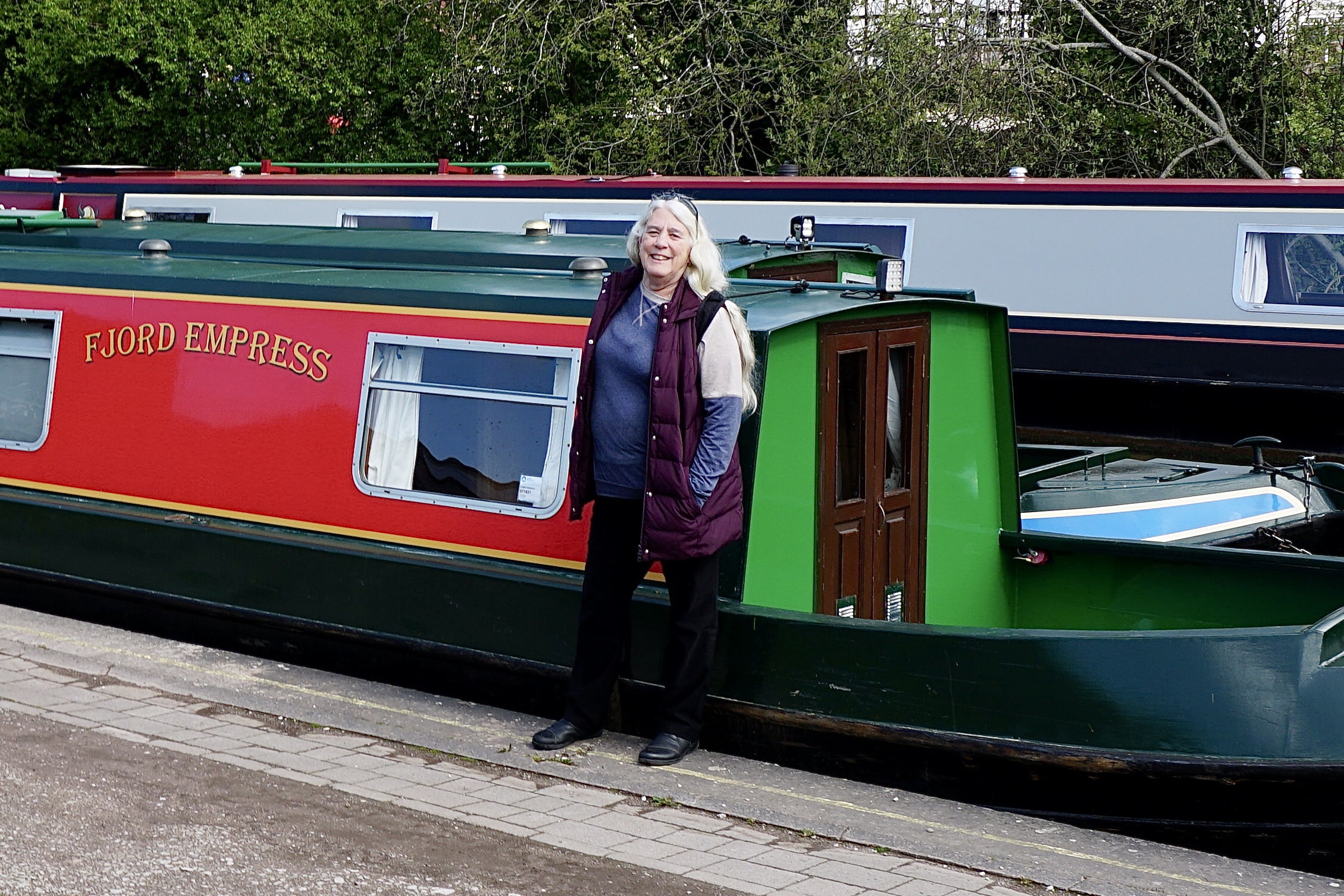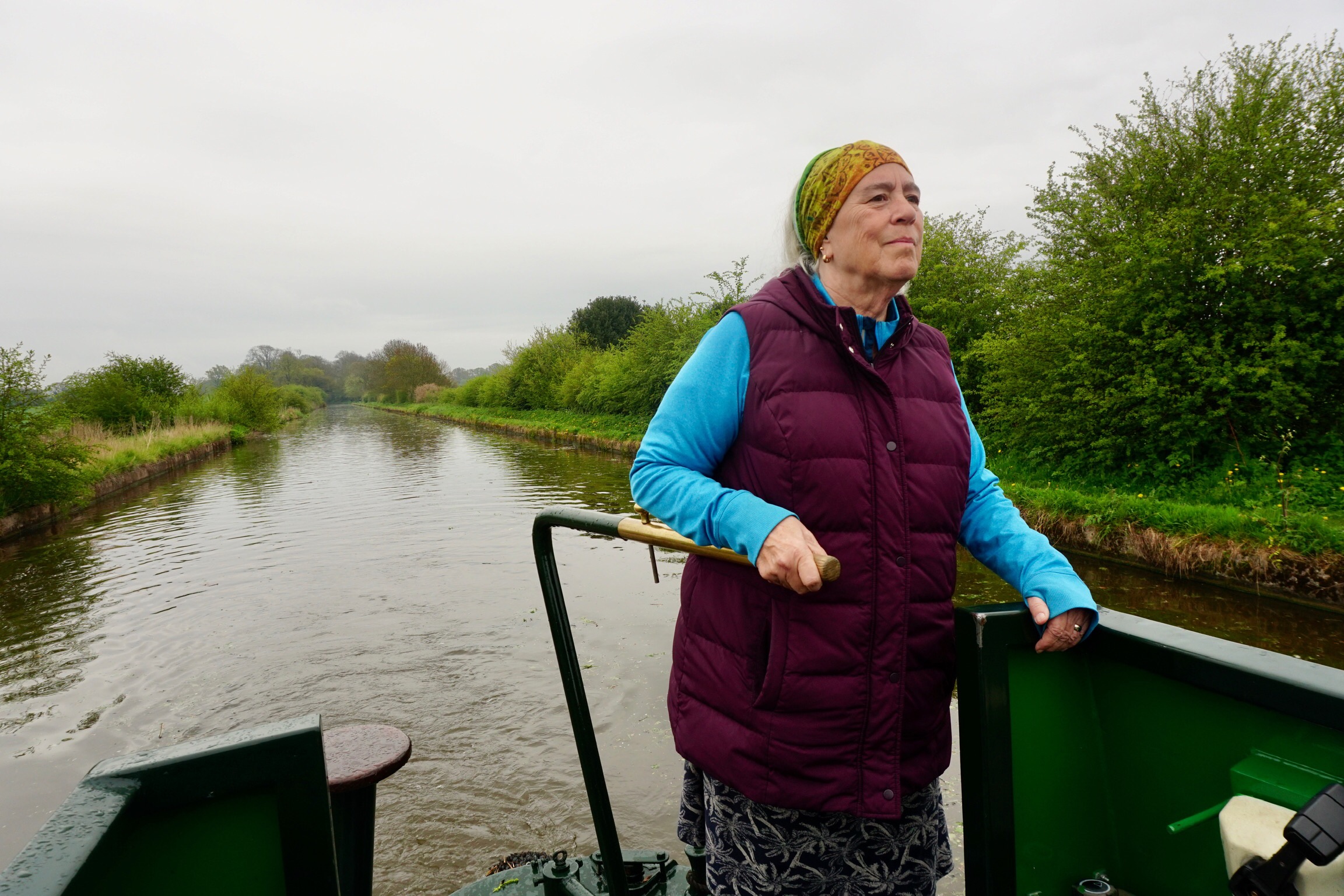
Written May 8, 2023, at Manchester, England.
I am 32 minutes into our last full day in England. Seven weeks we have been here on this journey. A trek, perhaps even an adventure, it began when we left Kansas City and landed in Manchester on March 23rd. If all goes according to plan it will end with our departure for Kansas City tomorrow. Manchester is our Alpha and Omega, the beginning and the end of an excellent passage. Has it gone quickly or has it taken forever? It depends upon the moment and the mood when I ask myself that question.
However, this is not the time for a concluding reflection. We left the canals four days early in hopes of adding a new and different chapter to this trip. In that we have exceeded our expectations.
Our first decision was where to stay. We had an excellent experience with the INNSIDE Hotel in Newcastle. Another INNSIDE Hotel is located here in Manchester’s city center.

Good location, excellent price, friendly staff (Hi Dominique!) and comfortable accommodations made the decision easy.

We booked three nights (Friday, Saturday, and Sunday) at INNSIDE. For convenience we will spend tonight night at the Radisson Blu Hotel located at the airport.
The second decision was what to do. Staying cooped up in a hotel room for four days would have rendered irrational our decision to leave the canals early. We decided to seek fun on the town. As it turned out fun also sought us.
For Friday night we booked front row tickets at an intimate candlelight concert. The venue, the Manchester Cathedral.


The performers, The Piccadilly Sinfonietta. The program, two works by Mozart and Vivaldi‘s Four Seasons. “Front Row“ is actually an understatement. Less than 10 feet separated us from the musicians. It was excellent!

Like most of the United Kingdom we watched the coronation of Charles III on Saturday morning into the early afternoon. Television but still pretty remarkable.


I was one year old when the last coronation occurred. Elizabeth, born a year after my mother, was originally third in the line of succession and unlikely to become monarch. Fate intervened and she became England’s longest reigning ruler. Born third in line and now fifth, Harry shouldn’t hold his breath in hope for the same good fortune.
On Saturday night we took in a movie, “Guardians of the Galaxy, Vol. 3”. While that may sound pedestrian, the venue was anything but. The Everyman Theater features a restaurant, bar, and lounge.

Drinks and food were served to us as we lounged on couch-like reserved seats in the very comfortable theater.

By the way, we thoroughly enjoyed the movie and highly recommend it.

Sunday was a beautiful day with sunshine and temperatures in the mid-60s. Thus, like thousands of the city’s citizens, we sauntered. Occasionally we stopped for a coffee, a drink, a snack, or just to watch the people.




We had purchased tickets for another evening concert at the Manchester Cathedral but needed to make reservations for an early dinner. What could be more perfect than dining at the spacious beer hall/restaurant, “Albert’s Schloss”, located (amazingly) on Peter Street!


We stopped by in person to make the reservation. When I gave my name to the hostess her shocked expression was priceless.
So was the experience at dinner. As we were waiting for our table Christine was “accosted” by two delightful women who were self-appointed “glitter police”. Makeup in hand they decorated the faces of select patrons, taking special joy in their interactions with us.



The food was good and the service was “interesting” insofar as different staff people came by on three occasions to ask if Schloss was really my name. The young and trendy crowd (translation; minimalist clothing on many of the ladies) and live band made for a loud experience. Unusual for us, but still enjoyable.


The evening concert at the Cathedral kicked off at 7:30 and again we were front row and mere feet from the small orchestra and four vocalists.

The London Concertante ensemble presented two hours of songs selected from such classic musicals as Porgy and Bess, West Side Story, Oklahoma, Les Miserables, and others. Delightful!

At the conclusion we left the church hand-in-hand with songs in our hearts and smiles on our faces. Perhaps that is the reason why a small group of young ladies celebrating their friend‘s 20th birthday stopped us on the street to ask how long we had been together. “We’ve been married 46 years.” Just those few words and one of the women exclaimed, “You’re Americans!“ We became instant celebrities with one of their number adding that she had never met a “real American” but had always wanted to. It was such great fun, for us and them.

2:07am. Picture are uploaded, narrative is written. I’ll stitch it all together and post later.
Good night… and of course, Peace Everyone. Pete











































































